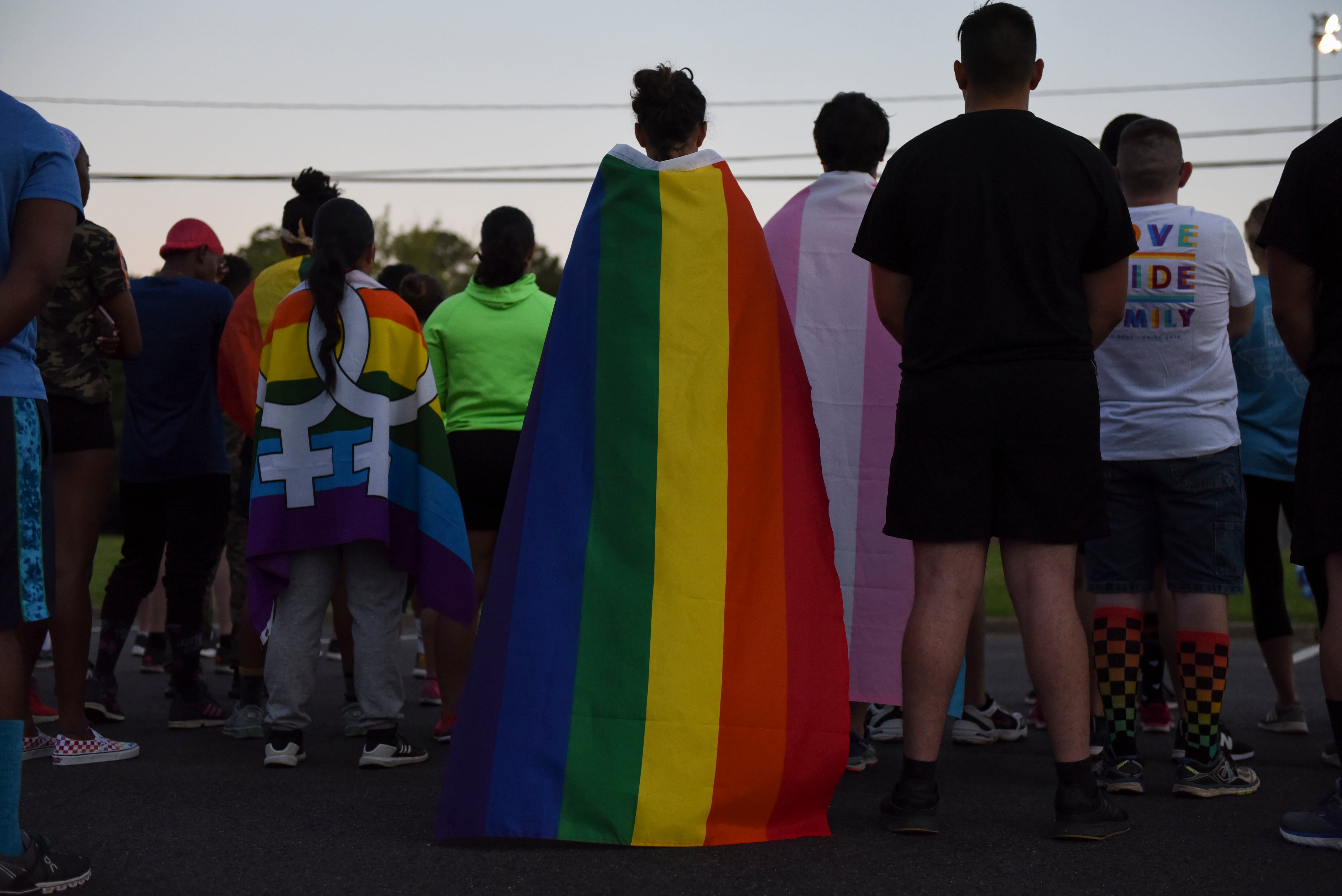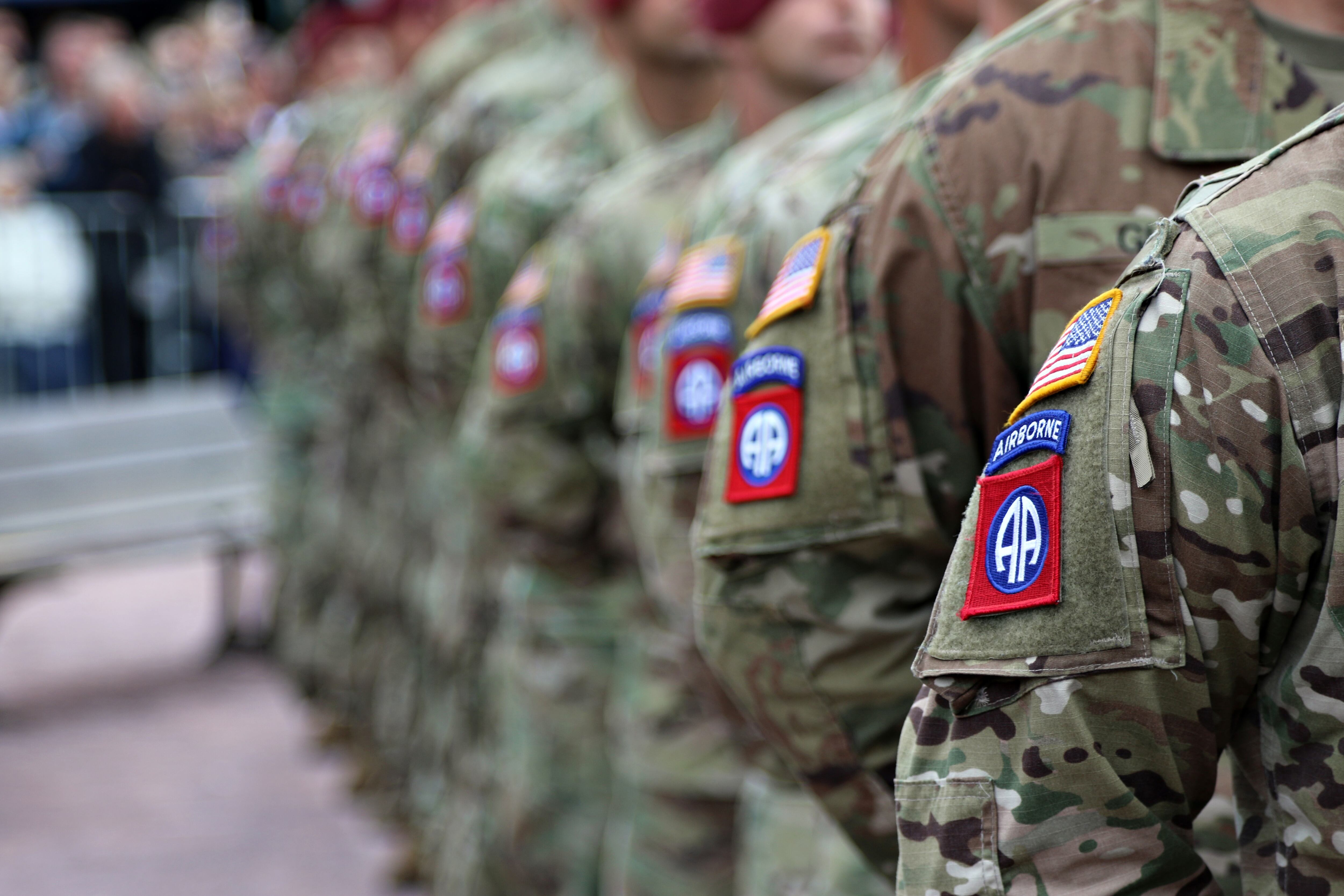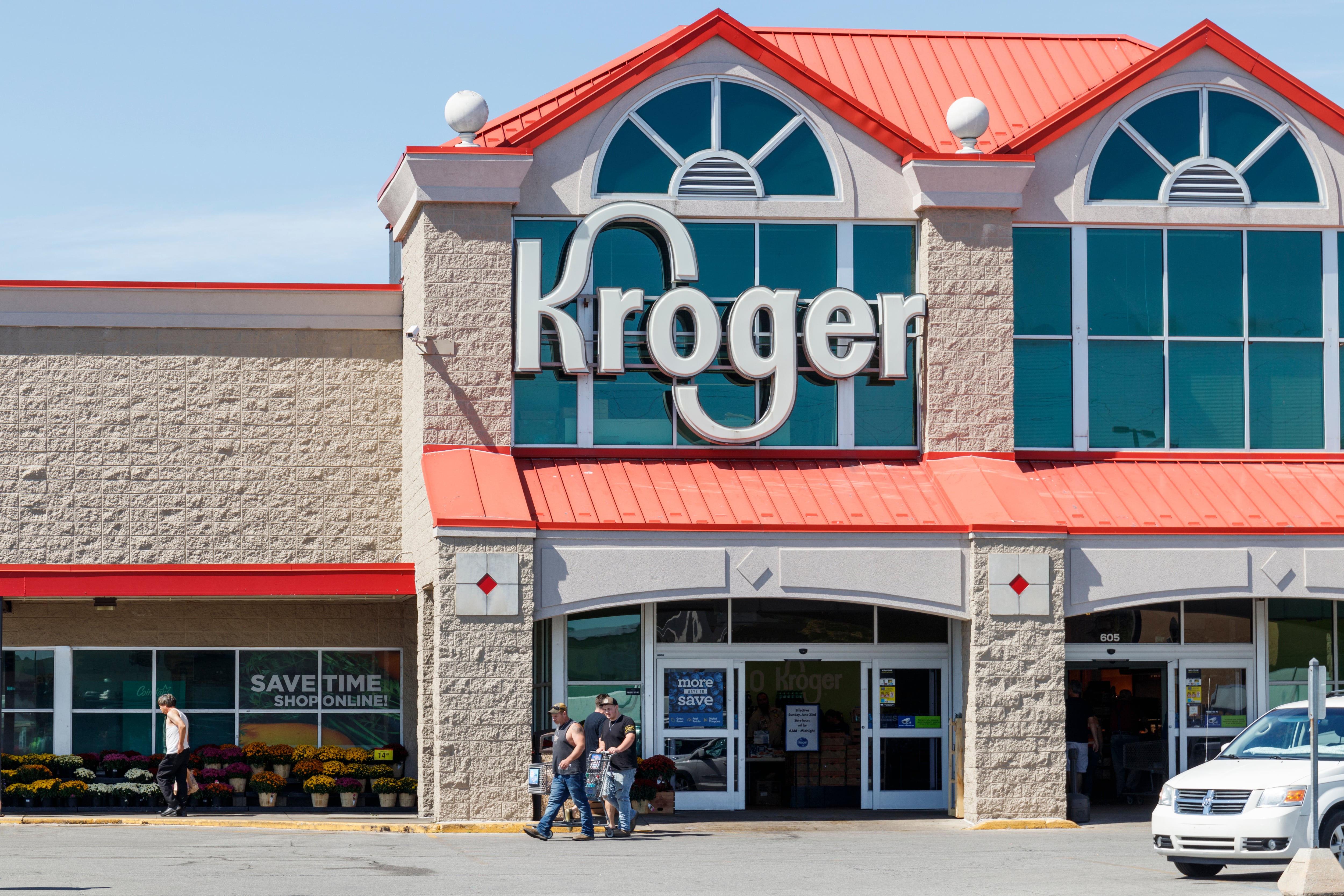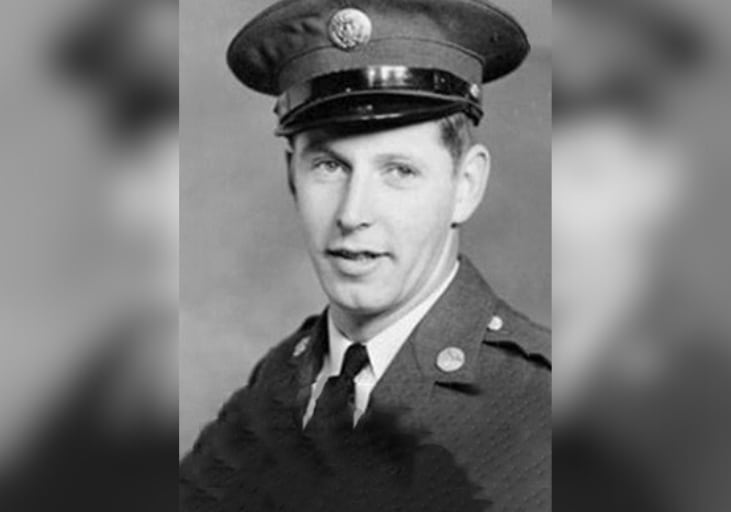TORONTO — NATO’s chief said Wednesday he is certain the alliance will have sufficient forces to fulfill its training mission in Afghanistan after months of lobbying allies to increase troop contributions.
Secretary General Jens Stoltenberg said in an interview with The Associated Press on Wednesday that NATO will meet the requirements set out by Gen. John Nicholson, the top U.S. commander for Afghanistan, who has said he needs close to 16,000 troops to fill the NATO training mission. Stoltenberg said the troop level will go from 13,000 to around 16,000.
“I’m absolutely confident that we will have sufficient forces when we move into 2018,” Stoltenberg said. “We are still receiving pledges and announcements about more troop contributions from allies.”
Stoltenberg said the troops won’t conduct combat operations but help to train and assist the Afghan security forces, notably to train special forces and build up the conflict-torn country’s air force. He spoke of ahead of his attendance at the Halifax International Security Forum this weekend.
NATO officials said earlier this month the alliance came up short, meeting a bit more than 90 percent of the military requirements outlined by commanders. U.S. military leaders, however, said then they were encouraged by the continuing discussions with several nations, who may eventually agree to increase their commitments. U.S. Army Gen. Curtis Scaparrotti, NATO’s top military officer, said in Brussels the troop commitment hadn’t been reached yet. Nicholson said a gap has contributed to the lowest level of capabilities and the “highest level of risk we faced” in the 16-year war.
“There’s still a lot of violence in Afghanistan but at the same time we’ve seen a lot of important progress,” Stoltenberg said. “The Afghans are now able to respond every time the insurgents and the Taliban attack ... They have also been able to prevent the insurgents or Taliban from taking over any of the provincial capitals which was a strategic goal of the Taliban this year.”
NATO countries are under pressure from U.S. and NATO leaders to beef up their commitments. Defense Secretary Jim Mattis sent letters to some allies in recent weeks urging them to fill critical gaps. Stoltenberg said Qatar and the UAE will send troops.
The additional trainers are critical to reaching the stated U.S. and NATO goal of building up the Afghan forces so that they can take control of their own country’s security. At the same time, officials want to use the increased military pressure to force Taliban leaders to the peace table.
“We strongly believe the best way to stabilize Afghanistan is to enable Afghans to stabilize the country themselves,” Stoltenberg said.
The 16,000 NATO number does not include other support missions or counterterrorism operations against the Taliban, Islamic State militants and other insurgents.
At least 15,000 U.S. forces are in Afghanistan, after President Donald Trump decided to send about 3,800 troops to the country this fall to strengthen efforts to advise Afghan forces and conduct counterterrorism missions.
In its ninth year, the Halifax International Security forum attracts top defense and security officials. About 300 people gather each year. Richard Spencer, Secretary of the U.S. Navy, and Abdullah Abdullah, the chief executive of Afghanistan, are among the speakers.
“We have to pay attention to Afghanistan,” Forum President Peter Van Praagh said.
NATO and Stoltenberg will be honored at a dinner on Friday night.





